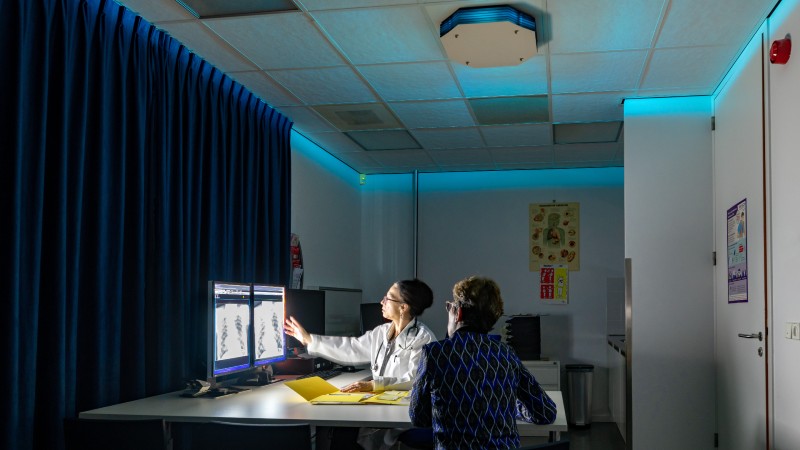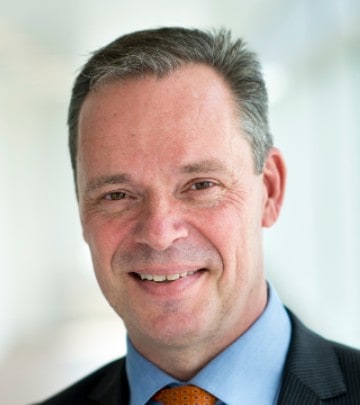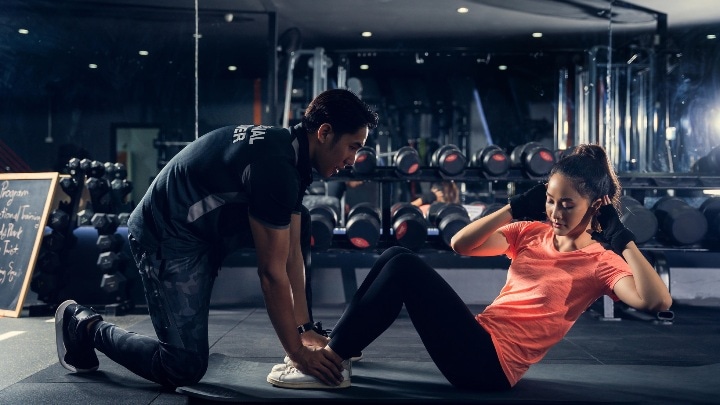April 20, 2022
As we learn to live with the Covid-19 pandemic, UV-C disinfection technologies can help
Covid-19 is here to stay. As our societies begin to open up again, we must learn to do one thing: live with the new normal. But this is difficult when cases remain high and vaccine uptake declines. We need to introduce technologies and policies that work to strengthen the protections offered by masks, social distancing, and jabs without replacing them entirely.
The obvious solution to living with an airborne disease is ventilation, but this can be energy-inefficient and costly, with heating bills rising as schools and offices are forced to keep windows open to encourage airflow. But because we spend much of our time living, working, and socializing indoors, buildings must be both healthy and efficient to reduce the transmission of infectious diseases. Clearly, we must improve ventilation through new engineering techniques—and that’s where UV-C comes in.
Ultraviolet-C is a type of radiation that breaks down the DNA and RNA of microorganisms, including viruses and bacteria, and renders them effectively harmless. The technology is a well-established method of air, water, and surface disinfection that has been offered commercially by Signify (formerly Philips Lighting) for decades. However, its true power and potential has been widely recognized only since the COVID-19 pandemic.
Research conducted in 2020 by the National Emerging Infectious Diseases Laboratories (NEIDL) at Boston University found that Signify’s UV-C light sources reduced SARS-CoV-2 virus infectivity on a surface to below detectable levels in as few as 9 seconds.1





